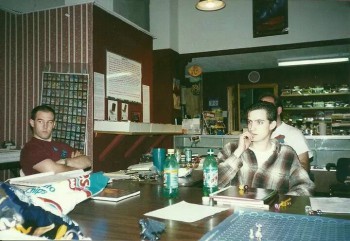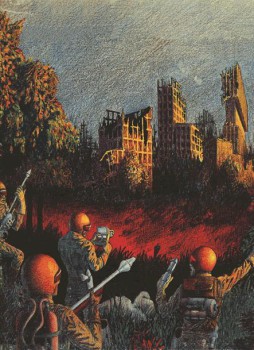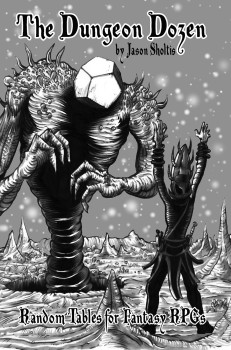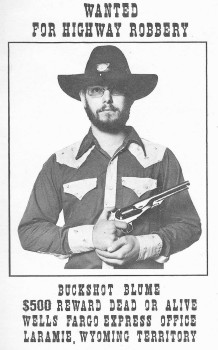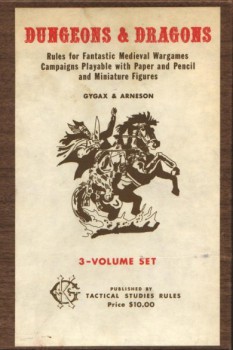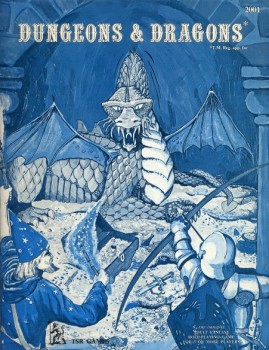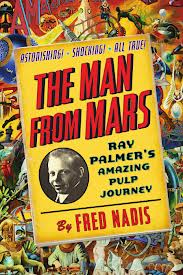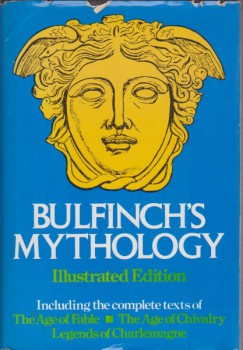Four Modules
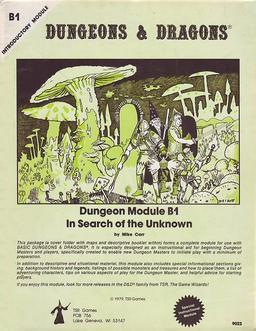 One of the many interesting divides among devotees of “old school” roleplaying games, particularly those who favor Dungeons & Dragons, concerns the place of the adventure module. An adventure module is a product detailing a locale to be explored or a situation to be resolved. By many reckonings, the first such module appeared in 1976, written by Pete and Judy Kerestan. Entitled Palace of the Vampire Queen, it described the five-level dungeon inhabited by undead – including the Vampire Queen herself – and other unpleasant things. Held captive within the dungeon is the daughter of a dwarf king, providing a motivation for the characters to become involved beyond glory and gold. While it isn’t notably clever in its conceptions, the module was groundbreaking in that it showed there was market for prefabricated, portable adventures rather than relying solely on the referee’s own efforts. It’s little wonder, then, that modules quickly became a staple of TSR’s catalog, as well as those of other publishers.
One of the many interesting divides among devotees of “old school” roleplaying games, particularly those who favor Dungeons & Dragons, concerns the place of the adventure module. An adventure module is a product detailing a locale to be explored or a situation to be resolved. By many reckonings, the first such module appeared in 1976, written by Pete and Judy Kerestan. Entitled Palace of the Vampire Queen, it described the five-level dungeon inhabited by undead – including the Vampire Queen herself – and other unpleasant things. Held captive within the dungeon is the daughter of a dwarf king, providing a motivation for the characters to become involved beyond glory and gold. While it isn’t notably clever in its conceptions, the module was groundbreaking in that it showed there was market for prefabricated, portable adventures rather than relying solely on the referee’s own efforts. It’s little wonder, then, that modules quickly became a staple of TSR’s catalog, as well as those of other publishers.
The issue some old schoolers take with adventure modules is that they, to borrow Gygax’s famous phrase from Volume 3 of the 1974 edition of D&D, “do … your imagining for you.” More importantly, modules unconsciously establish not only a notion of what an adventure is and ought to be, but they also establish the outlines of a fantasy setting rather than leaving all of these up to each referee to decide for himself and his own campaign. I’m somewhat sympathetic to this point of view, since I know well how powerful an influence TSR’s modules exercised over my own youthful imagination. At the same time, many of these modules served as helpful models to me as I started creating my own dungeons, adventures, and settings. Likewise, they provided a point of commonality between myself and other players, regardless of where they lived or with whom they played. When I met others at local games meets or conventions (or, nowadays, online), we can reminisce about our shared experiences fighting through the Caves of Chaos or the wonders we saw when we first beheld dark fairyland of the Vault of the Drow.
